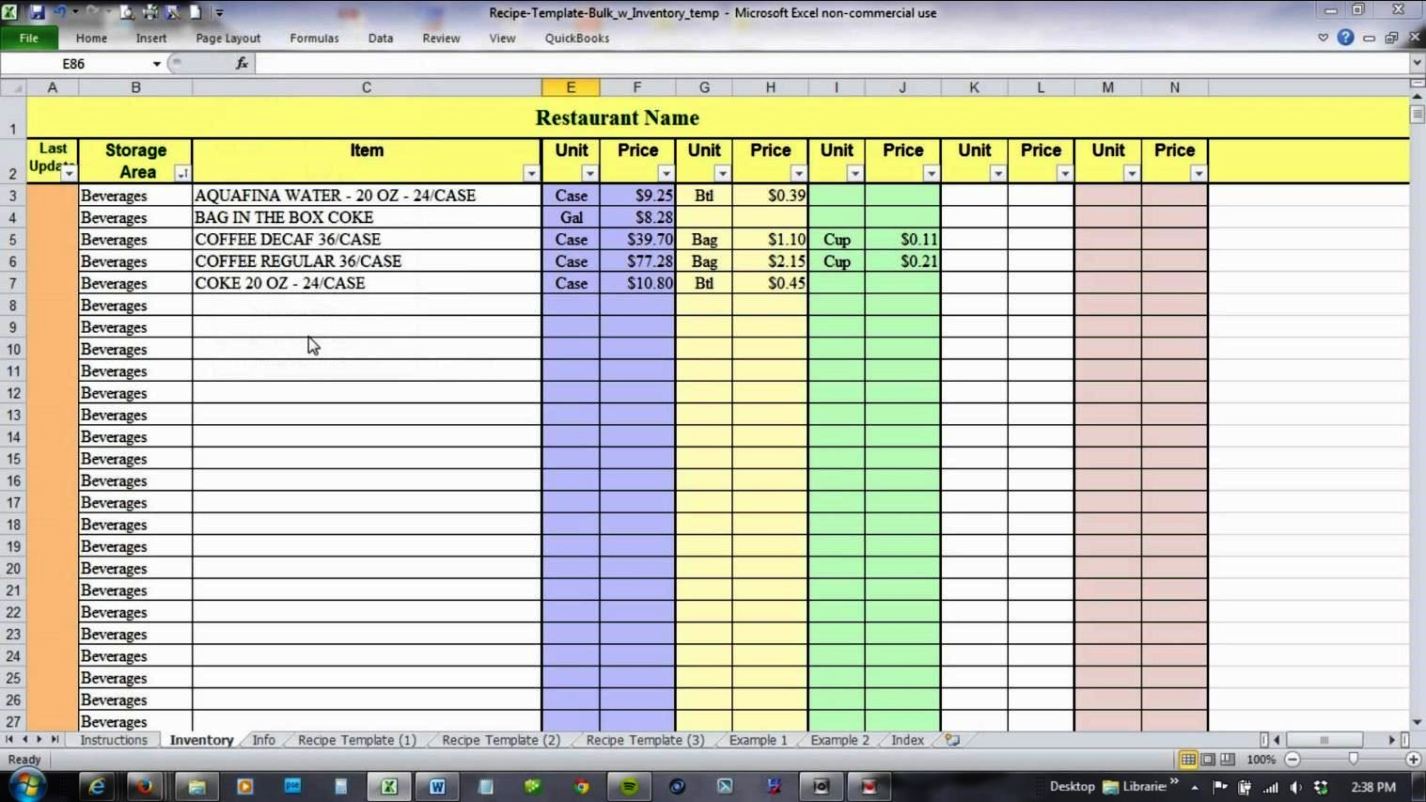

For example, an expensive device such as a high-end sound system can be tagged based on its unique serial number. Companies can also assign high-value products unique codes. Each product type received has a unique code. When a new product arrives, staff scan the barcode or RFID tag using a mobile scanner.

Warehouse organization also falls under inventory control. FEFO (First expiring, First out) – the inventory closest to its expiration date is used to fulfill customer orders.LIFO (Last in, First out) – the inventory received most recently is used to fulfill customer orders.FIFO (First in, First out) – the oldest inventory is used first to fulfill customer orders.Some common inventory control methods are: Depending on your product portfolio you can dictate how product is deployed to fulfill customer orders. Defining the flow of stock ensures you have control over what items are used to fulfill customer orders, and when. Taking control over your stock rotation is an important part of inventory control and an overall efficient inventory management process. Inventory control activities include receiving, storing and transferring stock, as well as tracking and fulfilling orders and returns. It is the daily activity of managing stock within the warehouse. Inventory control is a part of the inventory management process. See the guide to inventory management to learn more. Conducting audits to verify that inventory counts are correct as the stock moves through each stage.Learn more by reading the guide to cycle counting. Performing cycle counts, or regular checks of a small set of goods to confirm stock levels.Tracking inventory turns, or how often an item sells or moves within a certain time.Management can use this data to understand market potential, adjust pricing and identify ways to grow. With a better understanding of possible demand, companies can make better decisions about inventory. Forecasting demand using past sales data to estimate future customer product demand.Managing stock end-to-end, from ordering to selling.Some of the fundamental elements of inventory management include: Implementing an effective inventory management practice can help your business hold less inventory on hand, increase order fulfillment accuracy and decrease costs. Learn more about inventory management techniques.

Similarly, an event planner won’t spend money renting extra space to store paper cups that she won’t use. The business won’t waste money by throwing out overripe tomatoes that it can’t use. For example, a taco truck can use inventory data to correctly predict it needs five pounds of tomatoes for a week. Inventory management is a key part of the supply chain and ensures there is sufficient stock on hand to fulfill customer orders, but not more than a business can sell. Sometimes known as stock management, the practice involves tracking the lifecycle of raw and finished goods from the moment of ordering a product from suppliers to delivering it to customers and everything in between. Inventory management helps businesses identify which stock to order, how much to order and when. Inventory management manages the process of ordering, storing and using inventory, both at the level of the raw materials used as well as finished goods. Inventory control, also known as stock control, is a part of inventory management that handles the stock on-hand. Inventory management handles forecasting and ordering stock. Inventory management and inventory control are similar but have different focuses. It also covers features to consider when looking for an inventory system for your business. This article outlines the differences between inventory control and inventory management, as well as how they work together. East, Nordics and Other Regions (opens in new tab)


 0 kommentar(er)
0 kommentar(er)
